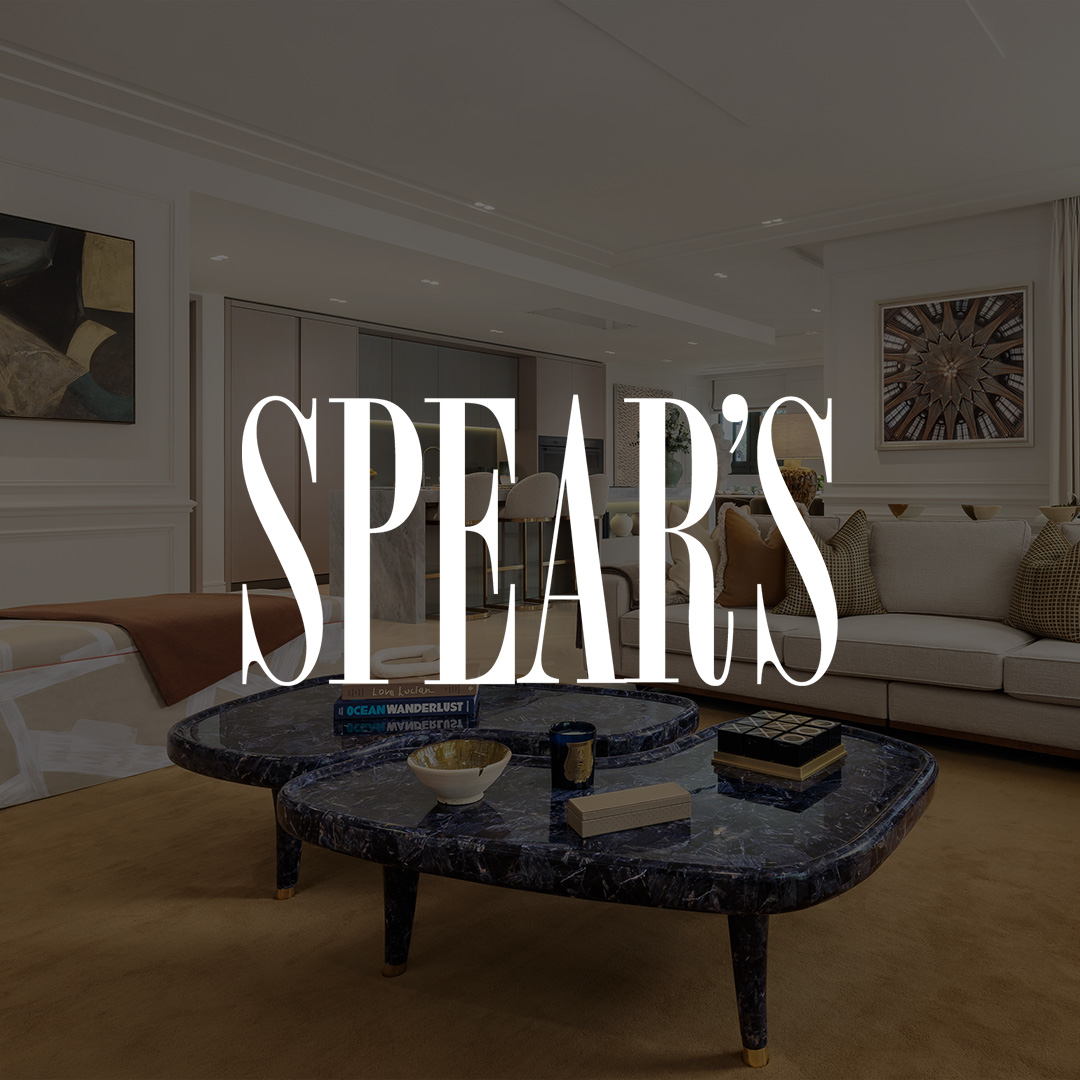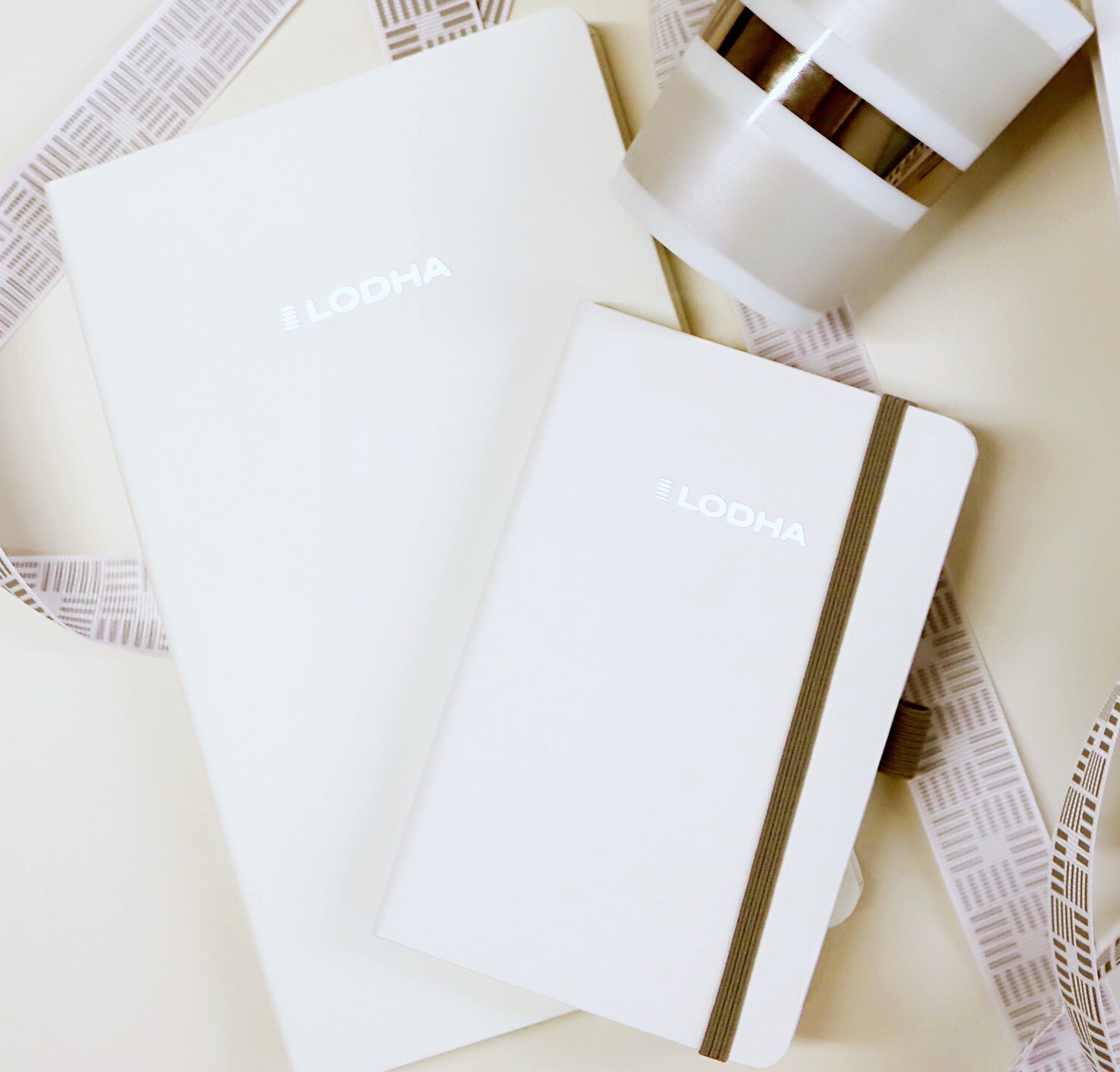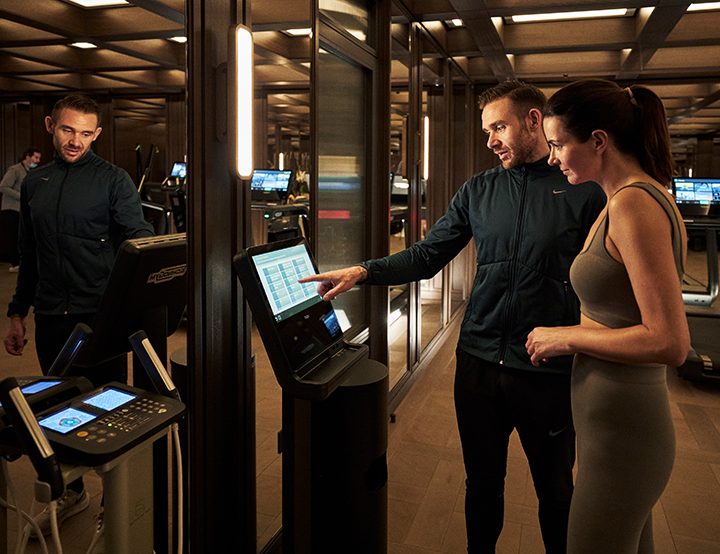
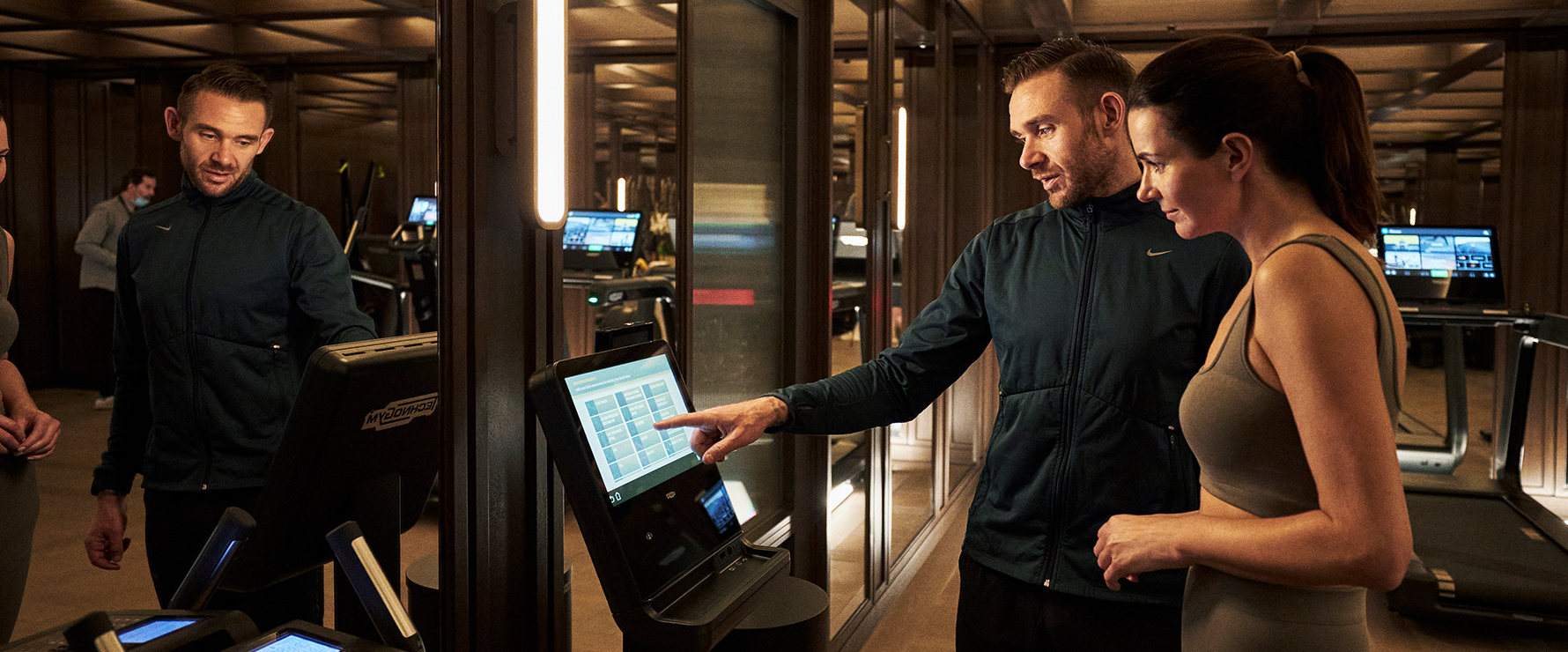
The Hottest Wellness Trend for 2025? Living Longer
Three of the UK’s leading longevity experts share practical tips for living a long, healthy and purposeful life
Luxury wellness in 2025 is no longer defined by indulgent treatments or spa retreats on Caribbean islands. Breakthroughs in the fields of genetics, cellular biology and

preventative medicine mean that the idea of ‘ageing gracefully’ is increasingly being replaced by that of ageing purposefully. Rather than solely talking about living longer, today’s longevity experts are instead discussing ‘healthspan’, i.e. how mobile, cognisant and capable you will be in the last decade of life.
“Longevity challenges the notion of inevitable decline, shifting our mindset and setting a new standard in ageing,” says Dr Mohammed Enayat, founder of HUM2N, a health club and longevity clinic in South Kensington. HUM2N’s clients – including Orlando Bloom and Anthony Joshua – seek bespoke strategies that blend cutting-edge science such as epigenetics and cryotherapy with bespoke preventative healthcare. “My approach focuses on identifying disease processes earlier, simpler interventions and increasing quality of life,” Enayat adds.
Why longevity matters now
Data-driven healthcare and wearable technologies like WHOOP have made it easier to tailor longevity protocols to individual needs. With the global population aged 65 and older predicted to reach 1.6 billion by 2050, it’s unsurprising that enhancing quality of life has become a top priority. However, the phenomenon also ties into a wider cultural narrative that sees experiences, health and time – rather than physical possessions – as the ultimate luxuries. This fundamental shift in consumer values began in earnest during the 2008 recession and gathered pace post-pandemic. According to McKinsey’s recent Future of Wellness report, 60% of consumers already consider it ‘very’ or’ extremely’ important to purchase longevity-boosting products or services, while 70% of UK consumers have purchased more in this category in the past year than ever before.

“For modern luxury enthusiasts, longevity offers an existential return on investment: the promise of a longer, more fulfilling life.”
Wellness as the ultimate luxury
This demand reflects not just a desire for better health but a fundamental re-evaluation of what it means to live well. For modern luxury enthusiasts, longevity offers an existential return on investment: the promise of a longer, more fulfilling life. Leslie Kenny, Co-founder of the Oxford Longevity Project (an educational Community Interest Company), believes that a sense of purpose is key. The 59-year-old, who claims to have a biological age of 21, puts her success down partly to the use of kaatsu bands to stimulate muscle regeneration and, crucially, to have a sense of purpose. “The Japanese concept of ‘ikigai’ is really important when it comes to promoting longevity,” she says. “It could be your job, hobbies, family or friends – essentially it’s your reason for getting out of bed in the morning.”
The future of living longer
As longevity becomes a cultural phenomenon, it is shaping how we view ageing itself. “There is some pretty impactful research around the ability to walk up flights of stairs unaided in your 70s correlating with being able to run asub-30min 5k in your 40s,” says Harry Jameson, Founder & CEO of Pillar Wellbeing, a wellness concept with its flagship branch in Whitehall.
Jameson also believes that stress management through breathwork, limiting processed food to preserve digestive health, and moving mindfully are vital. “People are starting to truly understand the importance of cardiovascular health and strength – these are the two key factors in maintaining mobility, health and happiness in later life.” High-profile advocates like Peter Attia and Bryan Johnson have popularised the concept of proactive ageing, shifting the narrative from fear of decline to empowerment through science.
Amazon founder, Jeff Bezos, and Israeli billionaire, Yuri Milner, also made headlines by participating in a $3bn raise for Altos Labs. This biotech start-up is dedicated to exploiting the Yamanaka factors — OCT4, KLF4, SOX2, and c-MYC — which are enough to enable a fully differentiated cell to return to a pluripotent state in which it can become any type of cell the body requires.
For those prepared to invest the time and money in this level of science, the pursuit of longevity delivers a sense of control over the two things money can’t traditionally buy; health and the time to enjoy it.
“However, the phenomenon also ties into a wider cultural narrative that sees experiences, health and time – rather than physical possessions – as the ultimate luxuries.”
Three practical longevity tips
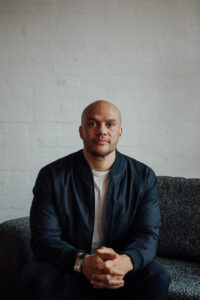
“Creating internal biological balance is the basis of longevity. Functional medicine testing, combined with a detailed analysis of blood work focusing on key systems—such
as blood sugar regulation (including fasting insulin), uric acid levels, and lipidology—is essential for personalising longevity strategies and achieving optimal results.” – Dr Mohammed Enayat, HUM2N
“The best way I get balance into my body is through the benefits of spermidine. Spermidine is a powerful polyamine that promotes autophagy, the body’s cellular ‘clean-up’ process, and inhibits nine of the twelve hallmarks of ageing. While two-thirds of the body’s spermidine is produced naturally, the remaining third comes from foods such as mushrooms and tempeh or supplements like my brand Primeadine. I also take collagen and raw cacao every day.” – Leslie Kenny, Oxford Healthspan
“Your VO2 Max level is your ability to turn oxygen into energy: your cardiorespiratory fitness is the number one predictor of longevity beyond everything (it even eclipses smoking). I make sure I do two elements of cardio training: one hard, fast interval training that develops my VO2 Max and one long, slow, zone two steady state cardio that develops my base level aero fitness.” – Harry Jameson, Pillar Wellbeing





